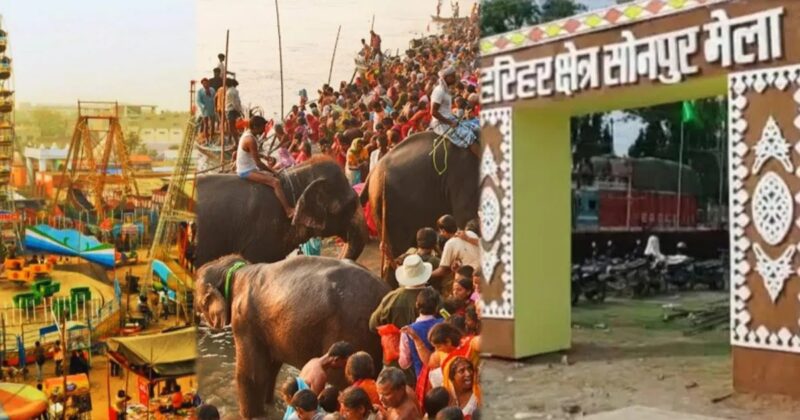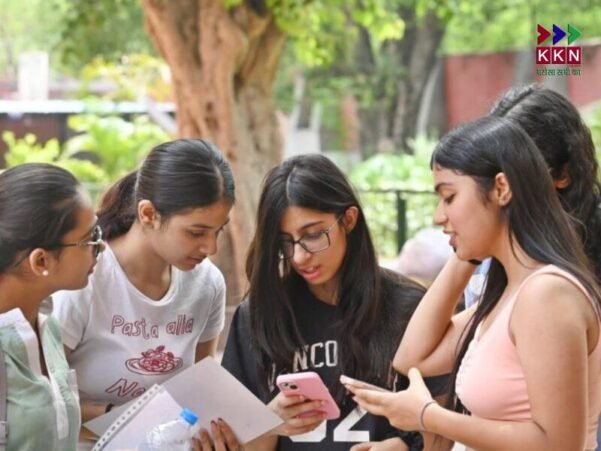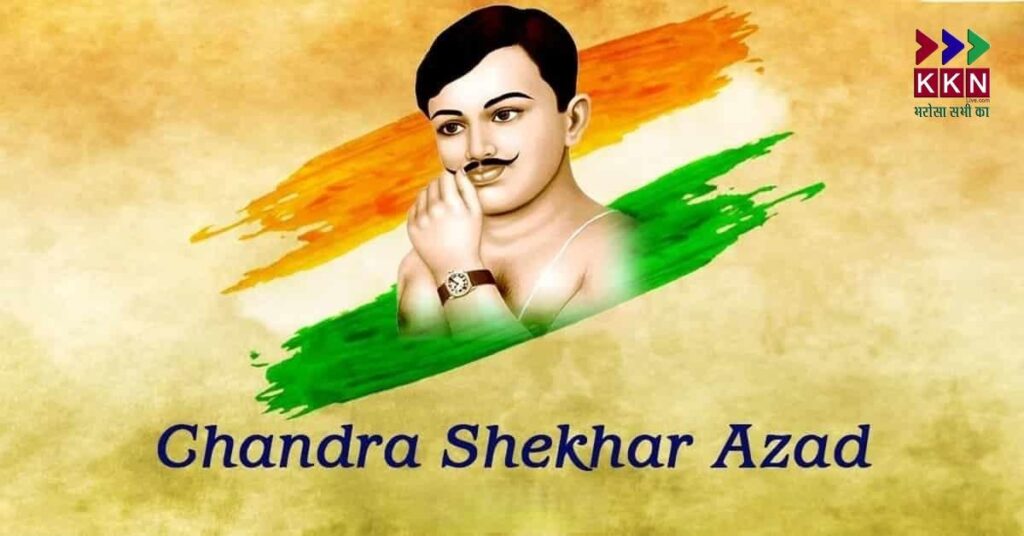
Sonepur Mela, held annually in Sonepur, Bihar, is recognized as Asia’s largest animal fair. This grand event takes place during the full moon day of the Kartika month, attracting thousands of devotees and visitors. The fair, which is held on the banks of the Ganga and Gandak rivers, has become an iconic cultural and religious gathering in Bihar. Every year, people from different parts of India and even abroad visit Sonepur to witness the fair, which also includes various traditional performances, exhibitions, and a thriving animal market.
Historical Significance of Sonepur Mela
Sonepur Mela has both historical and religious significance. It dates back to the 4th century BCE when Chandragupta Maurya, the founder of the Maurya Empire, is said to have purchased elephants and horses from this fair for his army. Since then, the fair has been an important trading hub in Asia, contributing to the economic prosperity of the region. Over time, it became a renowned gathering point for trade, culture, and religion.
The religious importance of the fair is deeply linked to the Harirnath Temple, dedicated to Lord Vishnu and Lord Shiva. According to ancient legends, a fierce battle took place between an elephant and a crocodile in the Ganga river. When the elephant was in distress, it called upon Lord Hari, who saved its life. This event is believed to have led to the establishment of the Harirnath Temple, which was built by King Ram Narayan during the 18th century. King Ram Narayan was a notable ruler during the Mughal era, and his contribution to the temple’s construction holds immense historical and cultural value.
Animals and Goods at Sonepur Mela
The fair is famous for its animal market, where a wide variety of animals are traded. These include cows, bulls, horses, camels, goats, dogs, rabbits, and more. The event serves as a major hub for animal traders and buyers. Besides animals, the fair also offers a wide range of handmade goods and traditional crafts. Visitors can find Madhubani paintings, wooden toys, pottery, bamboo products, and hand-crafted jewelry, among other items. The fair also showcases an array of traditional weapons, highlighting the region’s rich cultural heritage.
This blend of commerce, culture, and spirituality has led to Sonepur Mela being referred to as Asia’s largest fair. The variety of goods and the sheer scale of the event make it a unique destination for people from all walks of life.
Cultural Programs and Entertainment at the Fair
Sonepur Mela is not just an animal fair; it is also a vibrant cultural festival. The fair showcases the rich folk traditions of Bihar, with hundreds of artists performing on various stages throughout the month. Traditional folk songs, classical dance performances, and theatrical plays fill the air with excitement. Visitors can also enjoy traditional magic shows, wrestling bouts, and circus performances. These attractions draw crowds from distant places who come to enjoy the entertainment and cultural richness of the fair.
Television actors and actresses also participate in the festivities, adding to the glamour and excitement of the event. Spiritual leaders, sages, and storytellers are also present at the fair, where they impart life lessons and share stories of spiritual significance, enriching the visitors’ experience with knowledge and divine blessings.
Culinary Delights at Sonepur Mela
Food plays an integral role in the Sonepur Mela experience. The culinary offerings at the fair are unique and draw food lovers from all over. The royal paratha, a popular dish, is a must-try. Various food stalls serve traditional Bihari delicacies like litti-chokha, samosa chaat, kachori chaat, and pakodas. Another standout is the bamboo shoot pickle, which is a local specialty and highly regarded by visitors. People travel long distances just to savor these delicious treats, which reflect the rich culinary traditions of Bihar.
Religious Rituals and Spiritual Significance
The fair’s religious aspect is especially significant during the Kartika Purnima. On this day, millions of people gather to take a holy dip in the Ganga, believed to cleanse them of their sins. According to tradition, bathing in the Ganga during Kartika month purifies one’s soul and washes away past misdeeds. Devotees also light diyas (oil lamps) to honor the deities, as offering light during this time is considered highly auspicious.
Many ascetics and spiritual leaders spend the entire month in Sonepur, engaging in fasting, meditation, and prayers. The evening aarti and devotional chants resonate across the riverbanks, creating a divine atmosphere. Bhajan and kirtan sessions take place regularly, and visitors actively participate in these religious activities, enhancing their spiritual connection. Charity is an important part of the fair, with people donating to those in need, as it is believed that donations made during this time bring blessings.
Employment and Economic Impact of Sonepur Mela
Sonepur Mela also plays a vital role in providing employment to many locals. Small vendors, farmers, and local artisans get a significant opportunity to sell their goods, and the event acts as an economic lifeline for many. For local businesses, the fair offers a chance to showcase their products to a large number of potential customers. Moreover, small-scale entrepreneurs, such as those involved in food stalls or handicraft sales, also benefit from the fair’s large turnout.
The fair is also a great place for people to find affordable goods, ranging from daily necessities to luxury items. Whether it is clothing, home décor, or farming tools, Sonepur Mela offers a wide array of products for all kinds of consumers. The fair, thus, has a profound economic impact on the local community and provides a unique platform for people to thrive in a bustling market environment.
Sonepur Mela 2025: A Preview
In 2025, Kartika Purnima will fall on November 5, marking the beginning of the Sonepur Mela. Due to the Bihar elections, the fair’s dates have been extended. Originally, the fair was scheduled to begin on November 3, but it will now run from November 9 to December 10, 2025. The extended duration will allow more people to visit and participate in the various events and religious activities. As always, the fair will feature traditional rituals, cultural performances, and the sacred Ganga snan (holy bath).
Sonepur Mela is much more than just an animal fair; it is a convergence of faith, trade, and culture. The fair brings together people from various backgrounds, offering them a unique blend of religious experiences, cultural performances, culinary delights, and shopping opportunities. Whether it’s taking a spiritual bath in the Ganga, shopping for handicrafts, enjoying traditional performances, or savoring local delicacies, the fair offers something for everyone.
For those who wish to experience the true essence of Sonepur Mela, visiting this grand event is a must. With its rich cultural heritage, spiritual significance, and vibrant atmosphere, Sonepur Mela continues to be a symbol of India’s diverse traditions and a must-visit destination for people seeking an unforgettable experience.
Share this:
- Click to share on WhatsApp (Opens in new window) WhatsApp
- Click to share on Facebook (Opens in new window) Facebook
- Click to share on Threads (Opens in new window) Threads
- Click to share on Reddit (Opens in new window) Reddit
- Click to share on Telegram (Opens in new window) Telegram
- Click to share on X (Opens in new window) X
- Click to share on LinkedIn (Opens in new window) LinkedIn


